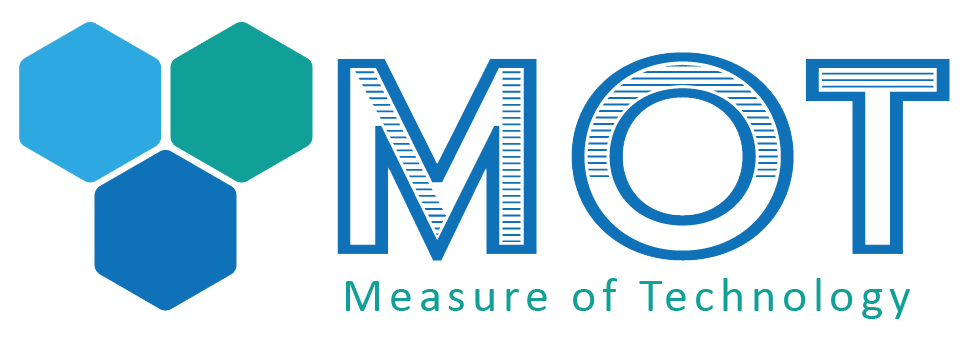Safeguarding Your Business: Understanding and Mitigating Advanced Persistent Threats (APTs)
by Oli King - Mon 04 Mar 2024In today’s digital age, there is a range of ever-evolving cybersecurity challenges facing UK businesses. One such threat is the Advanced Persistent Threat (APT), a sophisticated and persistent cyberattack that poses a significant threat to organisations of all sizes. In this blog, we delve into what APTs entail and explore proactive measures you can take to fortify your cybersecurity defences.
Understanding Advanced Persistent Threats (APTs):
APTs are targeted, prolonged cyberattacks in which a hacker or team of hackers establish a long-term presence in a company’s network in order to steal the target companies’ sensitive information and data. Traditionally, large organisations or entire Governments are the targets of APT’s, given the increased resources needed to carry out an APT. However, this does not mean smaller organisations should ignore the potential threat of an APT attack, particularly because hackers are increasingly targeting the smaller organisations which form
part of the supply chain for larger organisations, as a way into the larger organisations network.
The impact on businesses:
While larger companies are commonly targeted, APTs can have more severe consequences
for smaller businesses due to limited resources and cybersecurity infrastructure. The potential impact of an APT attack includes data breaches, financial losses, reputational damage, and even the compromise of sensitive customer information. Recognising the unique risks that APTs pose is crucial for developing effective protection from APT attacks.
Protecting against APTs:
Training and awareness: Human error is a significant factor in successful APTs. Giving your team guidance and training on cybersecurity best practices, recognising phishing attempts, and how to securely handle and process sensitive information is a vital step to protecting your company from APT attacks and other cyber threats.
Regular Software Updates: Ensuring all software and systems are up-to-date with the latest security patches is vital. APTs often exploit vulnerabilities in outdated software, making regular updates a fundamental cog in keeping your company safe.
Network Segmentation: Segmenting the network into isolated zones can limit the lateral movement of attackers within the system. This can significantly slow down the progress of APTs and prevent them from compromising your entire network.
Multi-Factor Authentication (MFA): Implementing MFA adds an extra layer of protection, requiring users to provide multiple forms of identification, such as entering a code sent to a different email address, or smartphone. Applying MFA greatly enhances your company’s overall cyber security against unauthorised access.
Collaboration with Cybersecurity Experts: Engaging with cybersecurity professionals or managed security service providers can provide your company access to the latest threat intelligence and proactive monitoring, enhancing your ability to detect and respond to APTs promptly.
Ready to assess the health of your IT infrastructure? Consider giving our IT Measure of Technology (IT MOT) service a try, completely free and with no obligation to buy.


